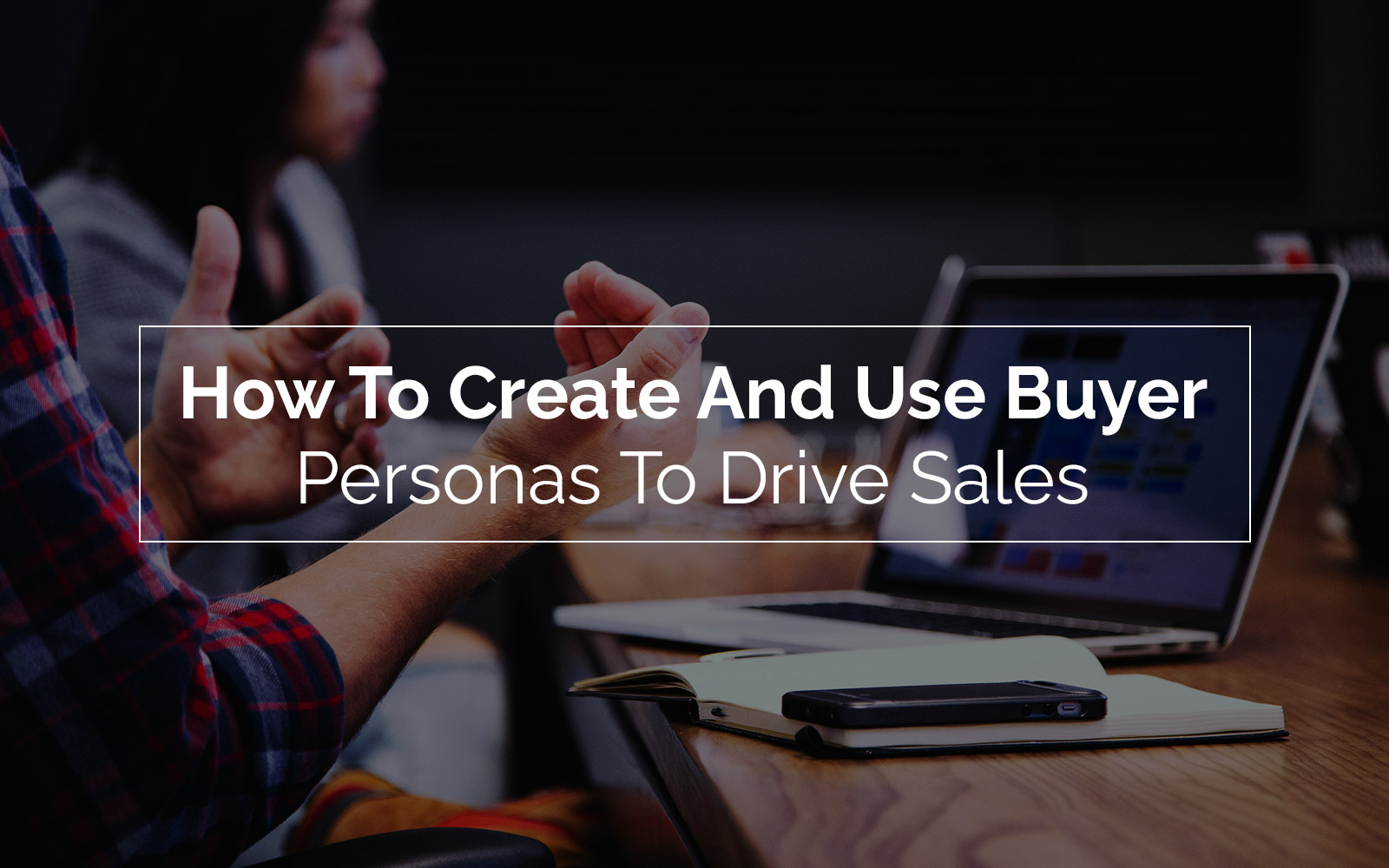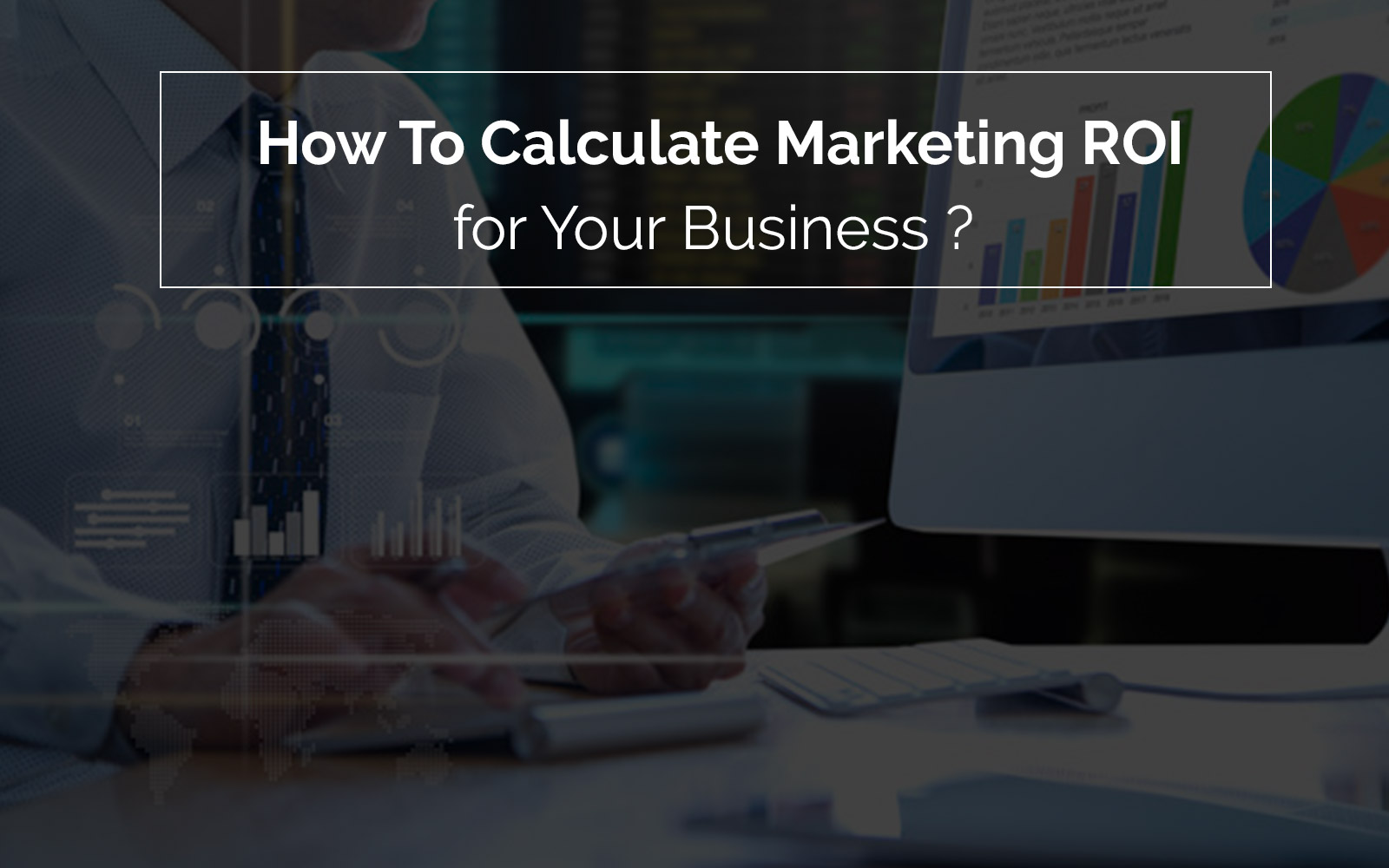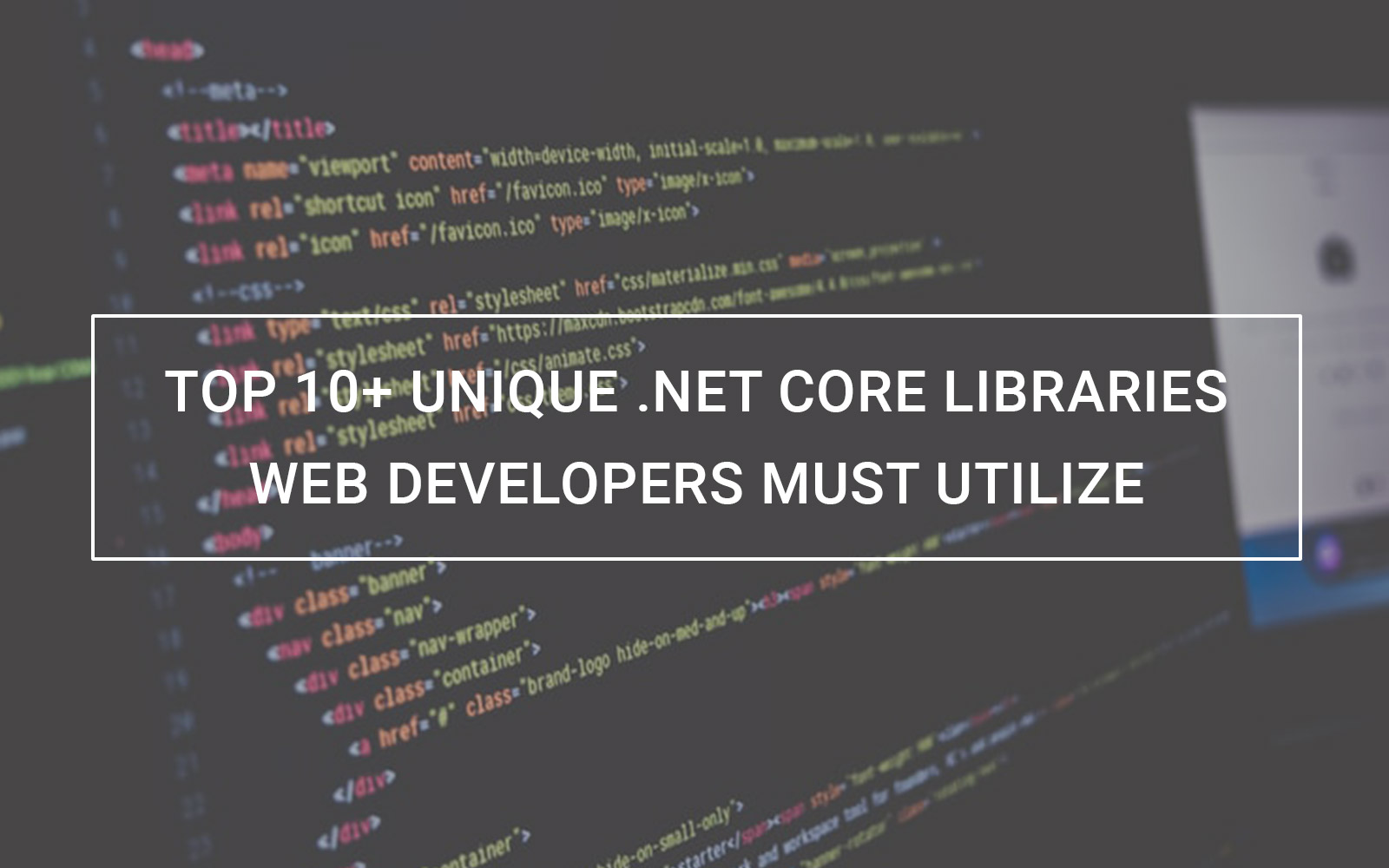The benefits of retaining customers are immense and mobile app is just what you need to keep customers loyal to your brand. Mobile apps provide…
While talking about conversion optimization, there’s one element behind the dominance of conversions and it is Call-to-Action (CTA). CTAs seal the deal and push prospects to the finishing line roughly 4% of the time. You may think that this is a staggeringly low number par say.
Further, the research from Unbounce reveals average conversion rate for landing pages is about 4.02%. For some industries such as higher education, real estate, and Health, the conversion rate is even lower than 3%. However, some industries enjoy over 5 or 6% conversion rate.
The key thing to note here is that over 90% of the traffic landing on your web pages isn’t converting to anything worthwhile for your business. Considering the importance CTA has for boosting your business growth, there’s still a lot of room for improvement other than changing colors, fonts, placement, and other design aspects.
Yes, all these aspects can play an important role, however, there’s should be more talks about what influences the buying decision.
Psychology Behind CTA: Best Practices to Boost User Clicks
In this article, we are going to talk about the psychology behind high converting CTAs to boost user clicks.
1. Anchoring to Generate Clicks:
Anchoring is a form of cognitive bias where users value the first piece of information they have received over others. For instance, the first review would impact the user’s choice of a particular service or product significantly over the second or third would.
Anchoring is commonly used for manipulating people’s perceptions of prices. What many brands do is start with expensive prices as the first piece of information and then follow it up with a cheaper price. For users, the second prices instantly attract them and make them feel they are having a good deal.
Anchoring works because the first price of information sets the bar for price expectations and anything cheaper than that would undercut the first perception. You may have seen many retailers displaying the RRP of an item and then show the discounted prices to make it a more worthwhile purchase for customers.
2. The Halo Effect:
The halo effect is more concerned about the first impression that impacts the user’s interpretation of the same thing. For instance, users may interpret brands that would keep them waiting from poor graphics solutions that take too much load time. The first impression of your overall design and user experience leaves a lasting impression on the minds of users.
Loading isn’t the only thing that creates a bad impression. Simply, anything related to your website design can give them a reason to quit and do whatever they were doing before. The halo effect also comes in handy to explain why a brand should deliver the right information or message as soon as possible.
By failing to provide users what they want out of you, it plants a seed of doubt in their minds that you can’t deliver what they want. Thus, the halo effect is one of the important psychological factors for enhancing your brand exposure and reach.
3. Loss Aversion:
Loss aversion is another cognitive bias that is used for creating fear for the loss more than gaining something of the same value. All of us might be more fearful & frustrated of losing out $10 on something than finding the same value in a pocket of old jeans. Coupons are a classic example of this cognitive bias that has helped flourish the entire industry and sub-industry of eCommerce.
Now how does it work? Well, coupons are more effective than a regular discount. Here, brands give out something imaginary to their customers to make them feel they own something valuable. Customers hate the fear of missing out on something that feels to have a greater discount than the feeling of gaining something in a regular discount that has the same value.
Placing time-limited deals to create urgency to make customers feel like they are losing out on an exciting deal is another way for brands to utilize loss aversion. Also, scarcity can help trigger loss aversion & help boost user clicks.
4. Sunk Cost Fallacy:
It is a cost fallacy where people continue using a product or service they’ve already invested money, time, or any other resources. This is why many would overeat or go to an event even if they don’t feel to do so because they have already paid for it.
Most people feel that they have wasted resources if their desired outcome isn’t achieved. For instance, you’ll feel you have wasted your time in searching for a perfect pair of t-shirt if you walk out from the store without any. However, it may feel like worth spending time if you end up with great pair of t-shirts.
Many brands utilize this sunk cost bias on their web forms or make their loyal customers keep buying from them instead of switching to a rival brand. No one wants to leave out on something they have already invested their resources. Doing so will make them feel lose more resources than gain if they quit midway.
5. Familiarity Principle:
The familiarity principle is why people buy from brands they have knowledge about rather than brands they don’t know about. The familiarity principle is another key psychological phenomenon that explains why certain people favor brands they are familiar with over brands they hardly know about.
This is especially true for brands with a reputation or have an association with something like German cars. Such association of brands is built more on the reputation they have rather than the customer experience. The fact here is mere exposure and branding effect helps build a reputation for brands and customer perception that helps boost user clicks and conversion rate.
Summing Up
These are some genuine psychological factors behind CTA that influence people and their decision-making ability. Sure, button colors and font styles have minimal influence, however, we have looked at things that trigger inspiring actions. The important takeaway from this article should be things that come before the user hits CTA, which is content. It’s where users come across your ad copy, page content, layouts, and emotional triggers.
Need help with setting up your online business? M-Connect Solutions can help you take your business a notch above and experience high CTA and boost revenue. Contact us now to take things further and kickstart your project with us.
About Hemant Parmar
Hemant Parmar is an eCommerce expert and a keen Magento consultant who specializes in meeting the needs of businesses in the e-commerce space. Years in the eCommerce market make him a perfect choice for sharing his expertise on eCommerce and Magento 2 development. He believes that customers need to be met no matter how challenging it might be.
Read More




